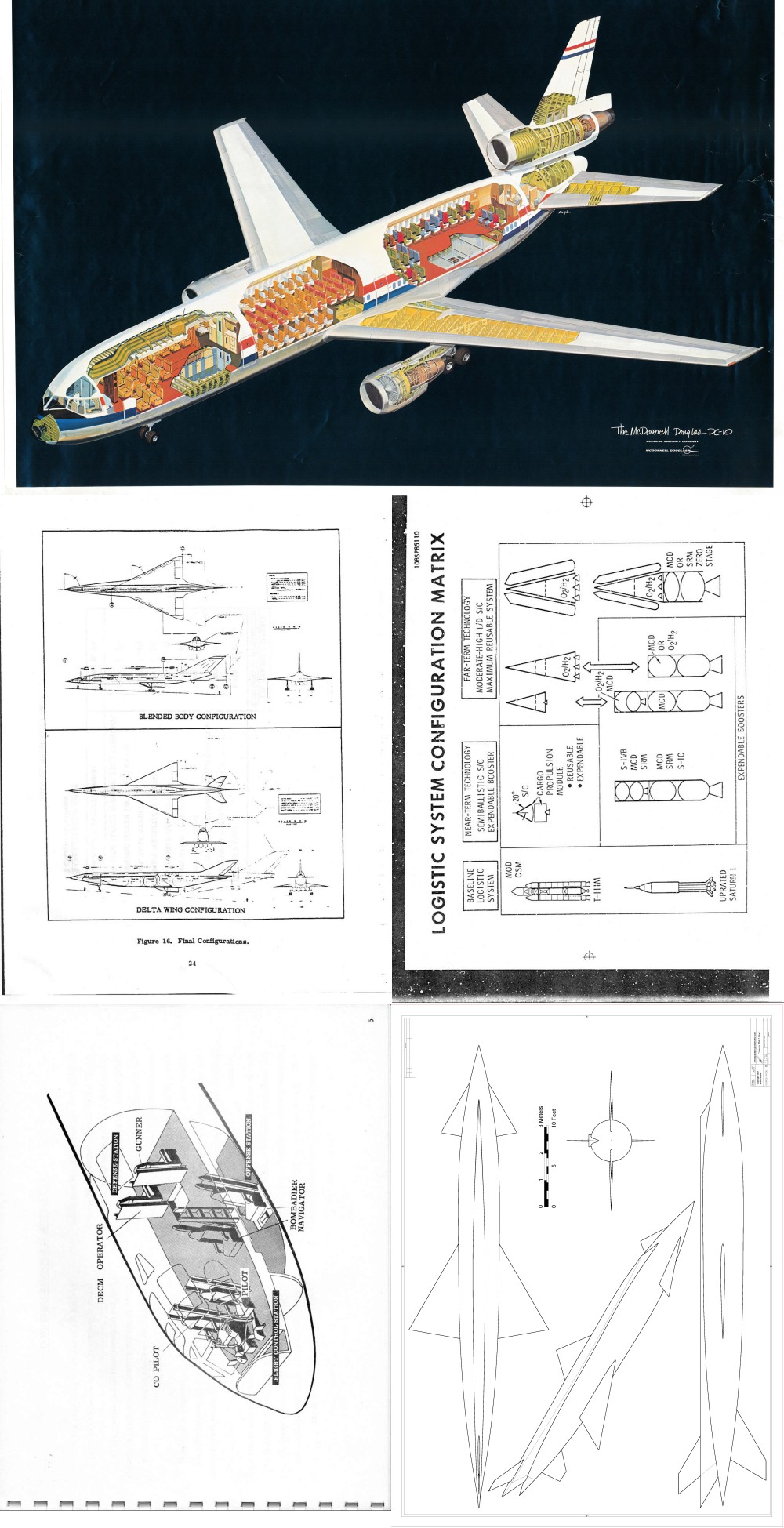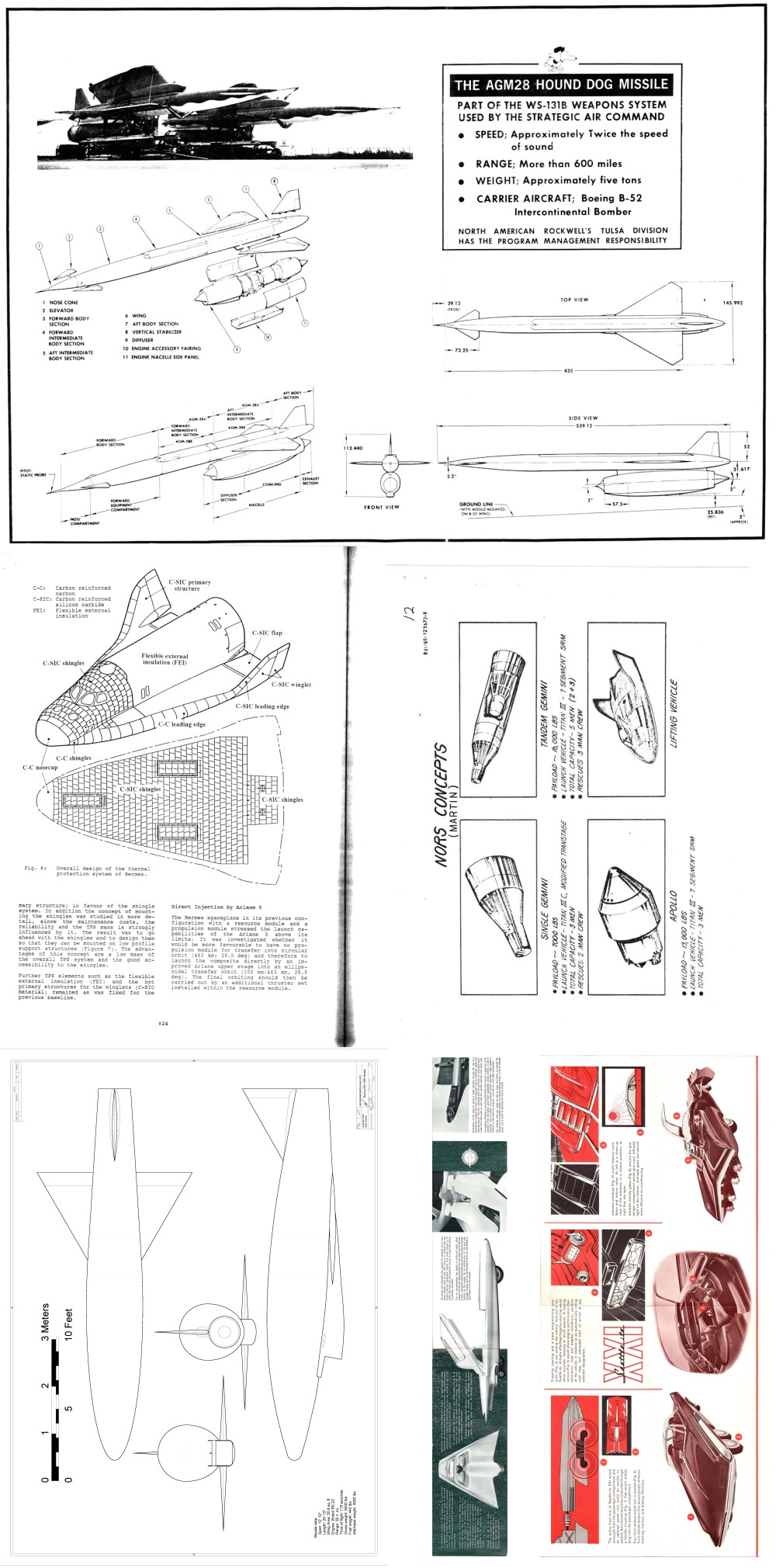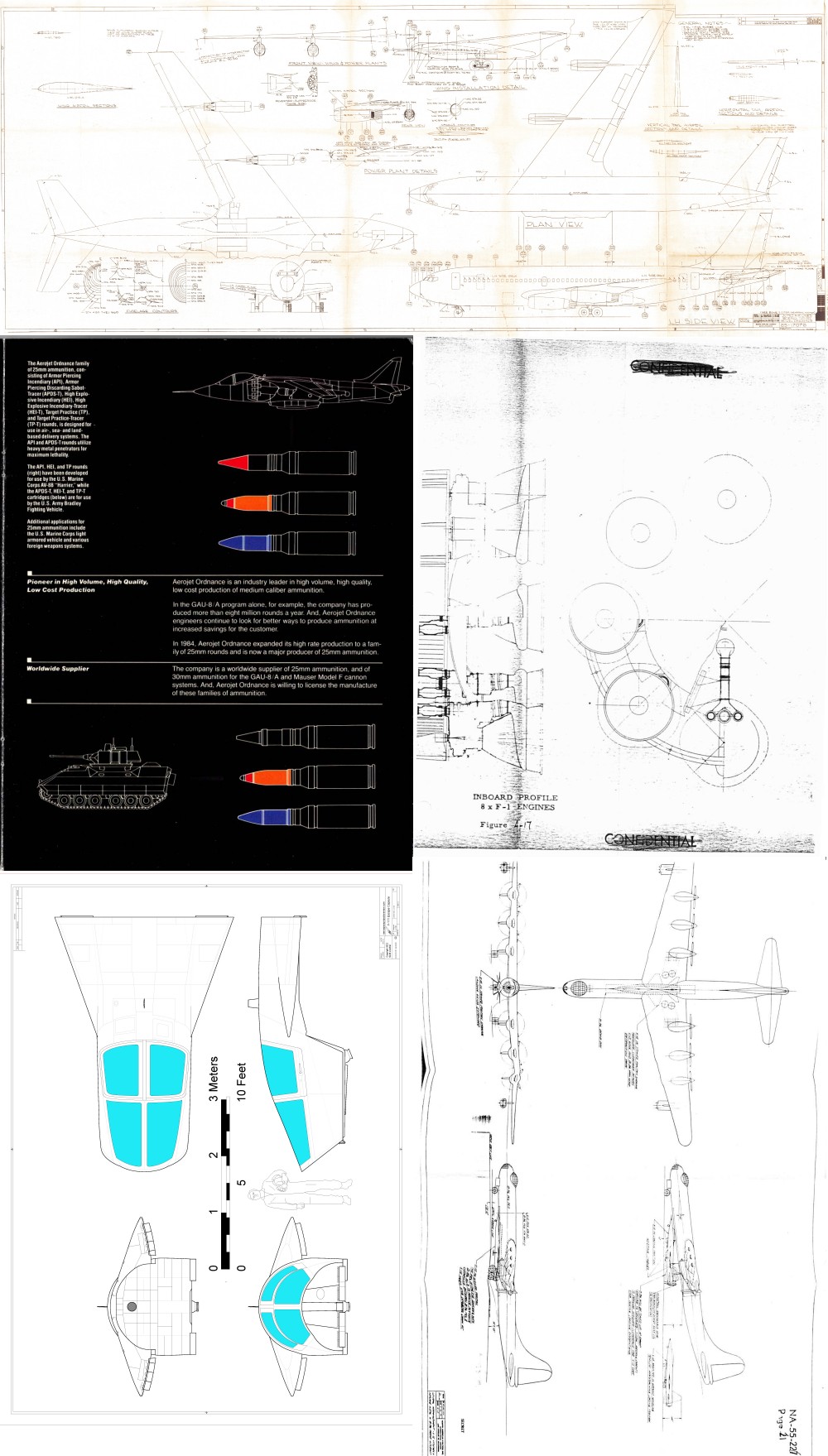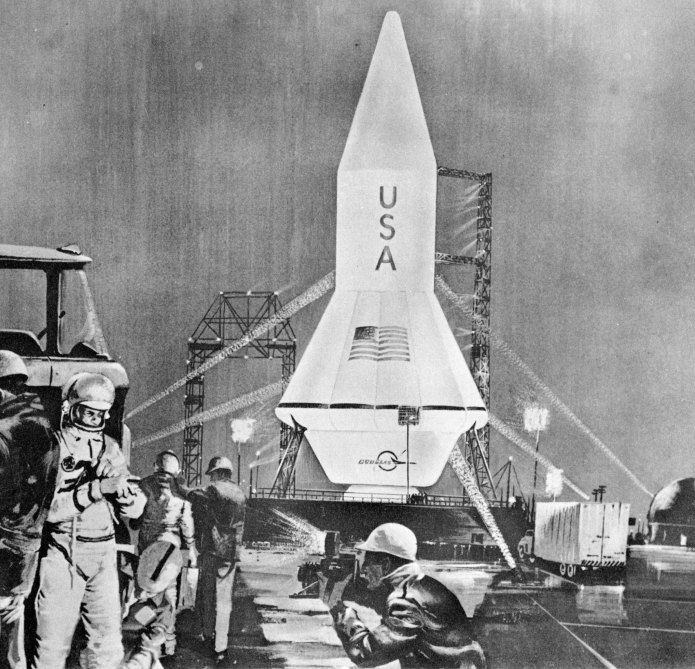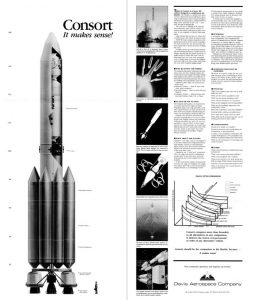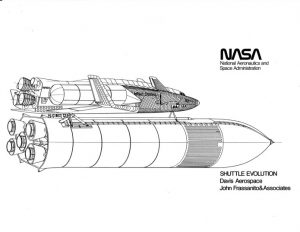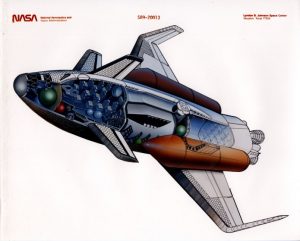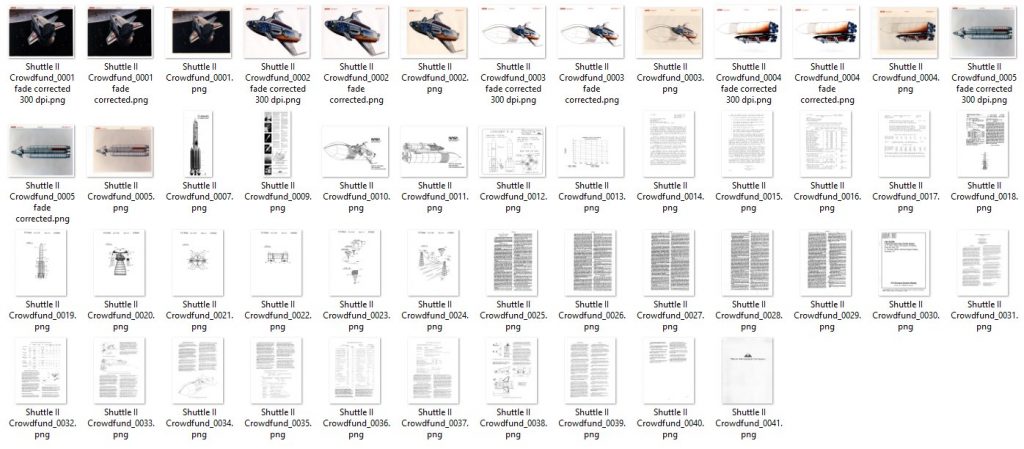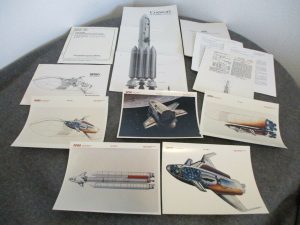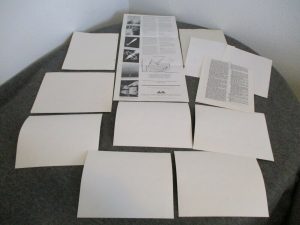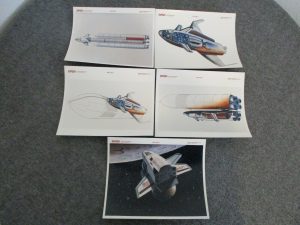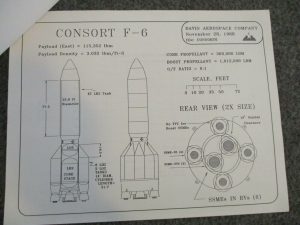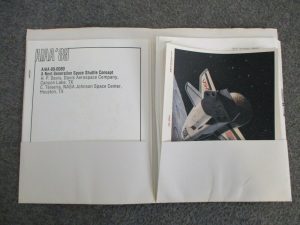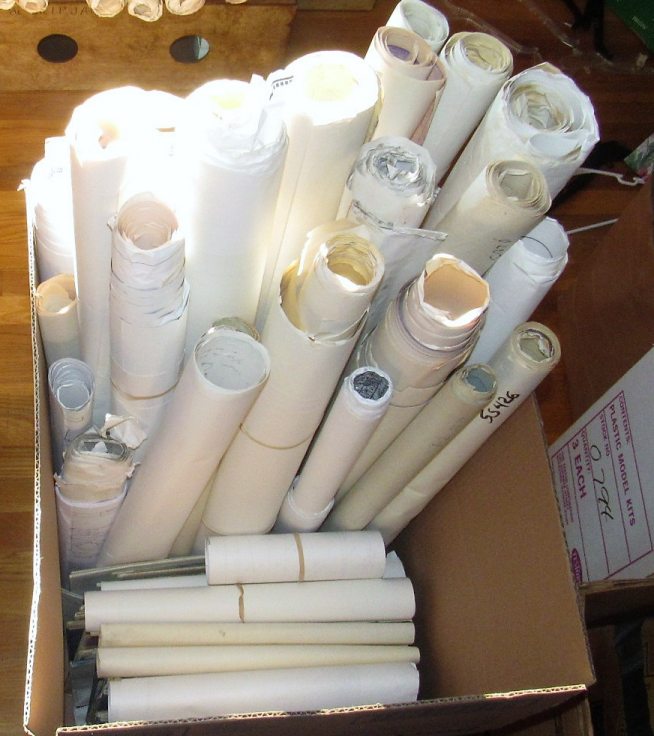In March of 1961, “Space World” magazine published a few articles about what the future would look like thanks to the onrushing new technologies of the space age. It is… well, it’s wrong.
The article is jam-packed with predictions of a glorious technological and economic future to be brought about by the Space Age. And from the standpoint of 1961, it probably made sense: technology was advancing by leaps and bounds, the budget for NASA was beginning to explode, overall space and related science spending by both government and industry were shooting upwards. It *should* have been a glorious new age. But the experts did not count on a few things. Viet Nam, for example and, worse, LBJs “Great Society” economic and social suppression/dystopia promotion programs.
Some of the predictions for 1971:
1) The “Space Industry” would be the biggest industry in America
2) The “middle class” would be working high-paying skilled jobs and would make up 80% of the population
3) Skyscrapers would dwarf the Empire State Building, using girders made from beryllium, tantalum and niobium
4) Tape recorders would be the size of a cigarette
5) You could easily send a fax from, say, New York to Australia. You’d scan the page, beam it up to a satellite passing overhead, the satellite would store the scan and, when it some time later passed over Australia, the fax would be beamed down. That’s… not how international satellite communications works, but OK.
6) There’d be cities in Antarctica
7) There’d be regular, routine and affordable suborbital rocket passenger transport. Such as from Antarctica to New York, several flights a day.
Amusingly, these predictions are considered likely to be too conservative; people would look back to the predictions and “wonder why the prophets of 1961 were so shortsighted.”
“Today it is rocket time, and the coming decade will carry us all into the Age of Astronautics.”
They could not have known that their glorious future would only last a small handful of years. By 1968, the Apollo program was already terminated, with no follow-on. And the maximum spending for NASA occurred only in 65-66 or so, peaking at about 4% of the federal budget. Imagine if the upward trend had continued to, say, 1970. Perhaps 6, maybe 8% of the federal budget. What a world it could have been.

Awww. I gave myself a sad.
Sigh.
The full-rez scan of the article has been uploaded to the 2022-02 APR Extras folder on Dropbox. This is available to all $4 and up Patrons and Subscribers. If you would like to help fund the acquisition and preservation of such things, along with getting high quality scans for yourself, please consider signing on either for the APR Patreon or the APR Monthly Historical Documents Program.








